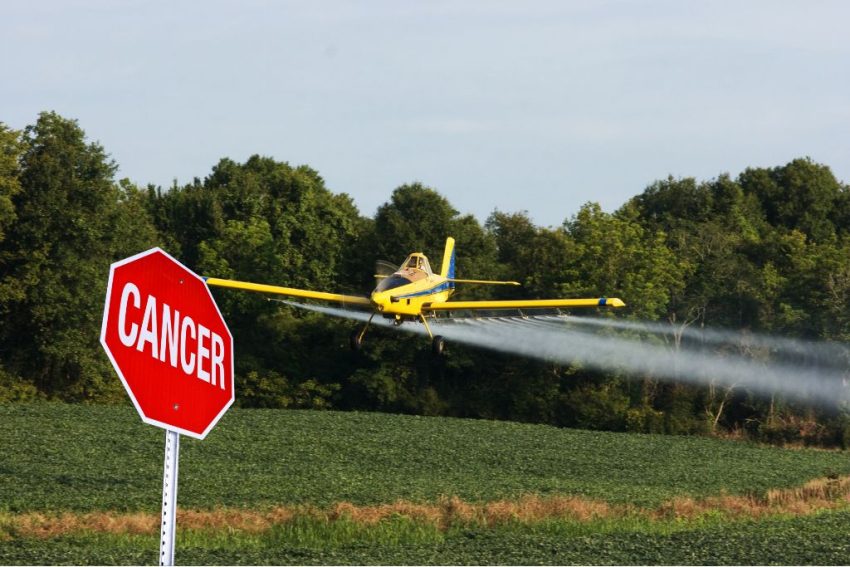In the heart of rural Pennsylvania, a disturbing new study has sounded the alarm. Researchers at Penn State University identified a melanoma hotspot across 15 central Pennsylvania counties, where adults over 50 are diagnosed with the deadly skin cancer at rates 57 percent higher than the state average. After analyzing five years of data and controlling for sunlight exposure and income levels, the team found one clear pattern: the more cropland treated with herbicides in a county, the higher the melanoma rate. While the study stops short of proving direct causation, it points to known ways herbicides can increase skin cancer risk, including greater sensitivity to UV rays, immune system suppression, and direct DNA damage.
Half a continent away, Iowa is grappling with its own health disaster. The state now has the second-highest cancer rate in the nation and the fastest-rising incidence anywhere in the country. In rural counties surrounded by industrial-scale farms, residents speak of a quiet epidemic of brain tumors, breast cancer, and childhood cancers. Well water laced with nitrates from fertilizer runoff, glyphosate drifting off treated fields, and PFAS “forever chemicals” spread with sewage sludge are all under suspicion. Farmers and their families are paying the heaviest price, yet many feel they have no choice but to keep spraying.
Pennsylvania and Iowa are only the latest chapters in a decades-long story. Large, long-term studies like the Agricultural Health Study, which has tracked more than 88,000 farmers and their spouses since the 1990s, continue to find elevated rates of non-Hodgkin lymphoma, multiple myeloma, prostate, thyroid, and testicular cancers linked to common herbicides and insecticides. In Nebraska, lifelong farmworkers face nearly four times the normal risk of deadly brain tumors called gliomas. Across the Midwest, entire rural populations show higher rates of bladder, lung, colon, and pancreatic cancers that track closely with county-level pesticide use. In California, migrant farmworkers suffer disproportionate rates of leukemia and breast cancer from daily exposure in the fields.
Despite mounting evidence, federal regulators have moved slowly. The EPA routinely approves pesticides after testing only the active ingredient in isolation, ignoring the far more dangerous mixtures farmers actually apply. Known or probable carcinogens like glyphosate, paraquat, atrazine, dicamba, and chlorpyrifos remain on the market, often with only minor new restrictions after years of lawsuits. Several states have even passed laws in 2025 that protect chemical manufacturers from liability as long as their products carry EPA-approved labels.
Farmers themselves are caught in an impossible position. Many are deeply uneasy about the chemicals they handle, but the economics of modern agriculture leave little room for alternatives. Herbicides and other inputs are seen as essential to producing the high-volume harvests that giant grain buyers demand. This year the financial pressure is worse than ever. Input costs have jumped 15 percent while corn, soybean, and wheat prices have collapsed to levels that guarantee losses on every acre for the third straight season. Cash rents, equipment payments, and operating loans still have to be paid, so cutting chemical use feels like unilateral disarmament in a market where everyone else keeps spraying.
The people who grow America’s food should not have to gamble with their lives to stay in business. Stronger regulation of proven and probable carcinogens, real support for farmers transitioning to lower-risk practices, and a Farm Bill that rewards soil health instead of chemical dependence are long overdue. Until those changes arrive, the toll will keep rising, one diagnosis at a time, in the quiet towns and fertile fields that feed the nation.


